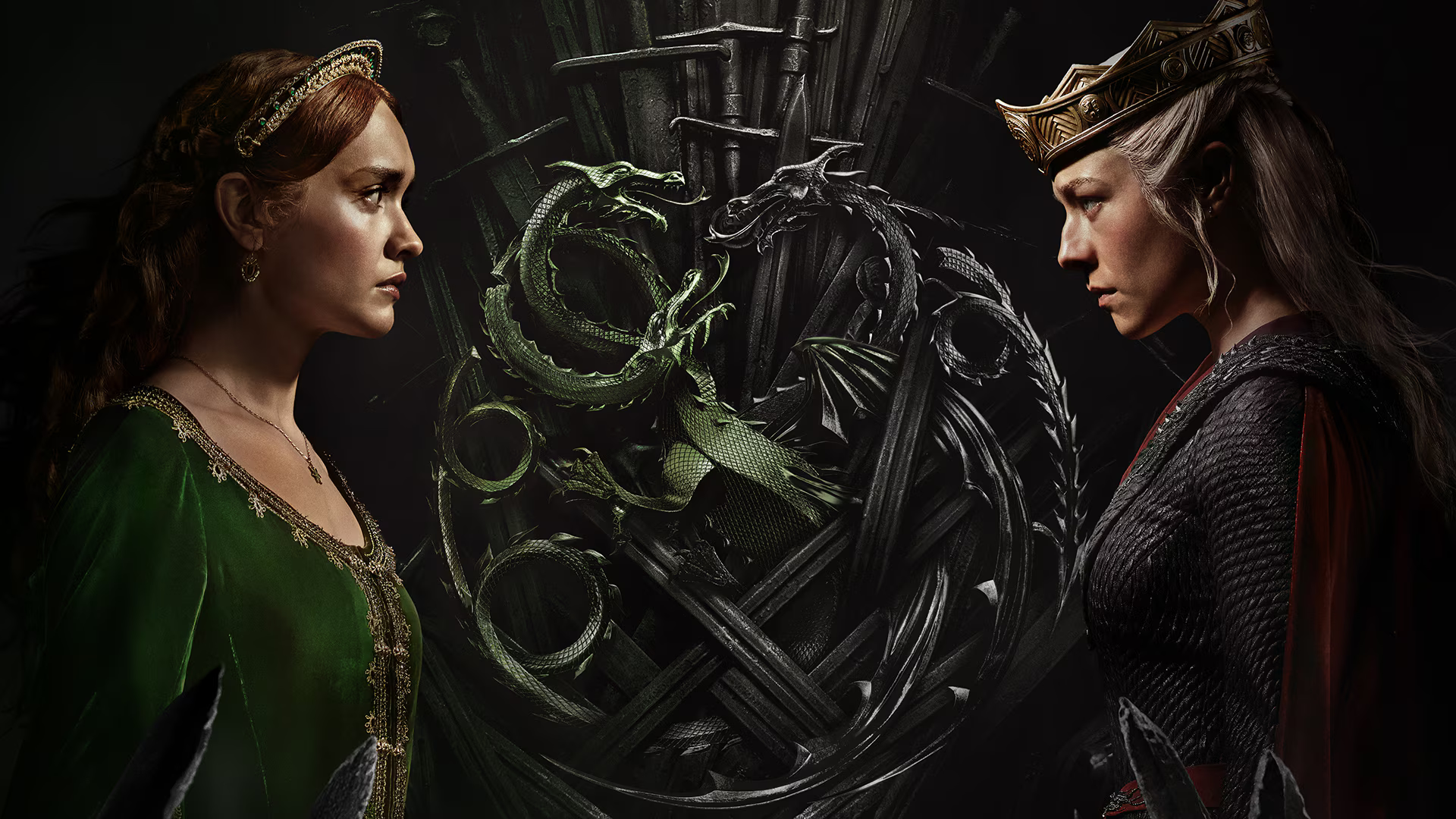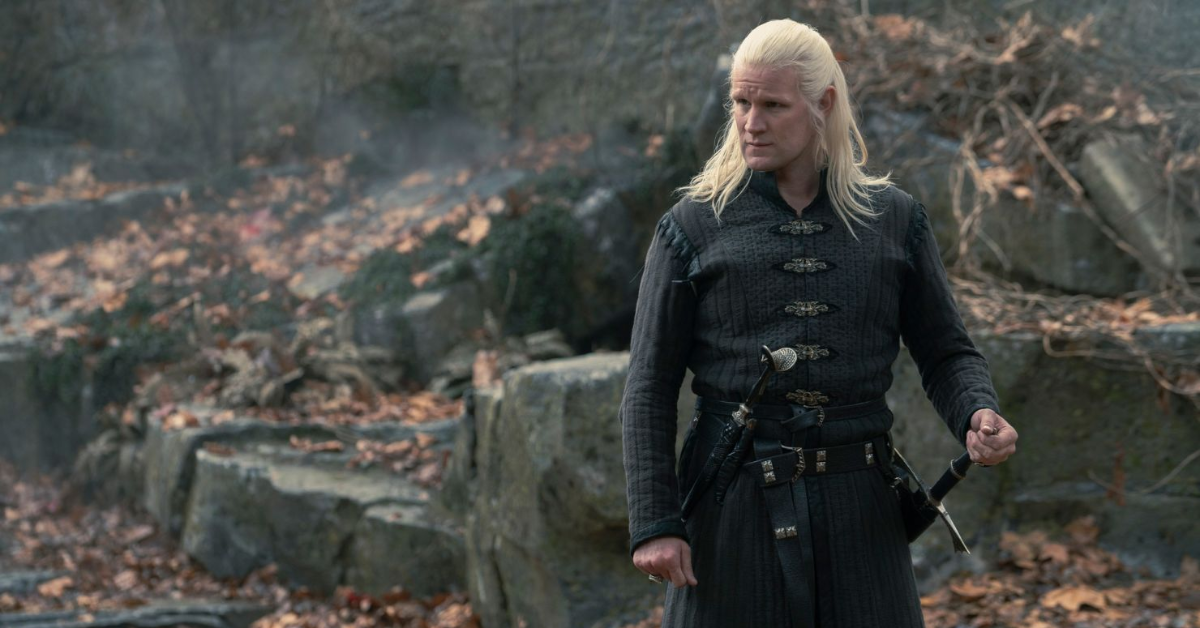
Hello, fair readers, and welcome back to another stirring edition of The Frightful Femme. Having awoken from my deep, months-long slumber (a.k.a. my “hiatus”) I wanted to delve into familiar yet directly unexplored territory by watching and analyzing films widely regarded as classics that I, embarrassingly enough, had never gotten around to watching. For my first entry in this month-long series, I would like to take you all on a journey through space and time to an era that many may wish to forget- a hellish and trying time, more horrifying than a trip to the dentist, and grosser than a Port-A-Potty at Bonnaroo: a time known to many as “puberty.”
 Now, I have long been a fan of a good exorcism flick, so the fact that I had never actually watched William Friedkin’s 1973 Best Picture nominee The Exorcist was both embarrassing and a bit out of character. Regan McNeil is a 12-year-old girl living with her actress mother at a house in Washington, D.C. while her mother works on filming a movie. When Regan starts displaying strange behavior which medical and psychiatric doctors cannot explain, Regan’s mother must seek alternative treatment. Wait a second… let’s try that last sentence again, this time with appropriate emphasis. When “Regan” starts displaying “strange behavior” which medical and psychiatric doctors “cannot explain,” Regan’s mother must “seek alternative treatment.” There, that’s better.
Now, I have long been a fan of a good exorcism flick, so the fact that I had never actually watched William Friedkin’s 1973 Best Picture nominee The Exorcist was both embarrassing and a bit out of character. Regan McNeil is a 12-year-old girl living with her actress mother at a house in Washington, D.C. while her mother works on filming a movie. When Regan starts displaying strange behavior which medical and psychiatric doctors cannot explain, Regan’s mother must seek alternative treatment. Wait a second… let’s try that last sentence again, this time with appropriate emphasis. When “Regan” starts displaying “strange behavior” which medical and psychiatric doctors “cannot explain,” Regan’s mother must “seek alternative treatment.” There, that’s better.
I do not have to tell you that this film is a masterpiece. “Academy Award Nominee for Best Picture” really does all that for me, especially as one of the more disturbing pieces of genre fiction to come out of the 1970s. It’s got fantastic, iconic shots and an unforgettable score to boot, not to mention the deeply distressing performance of Linda Blair as the afflicted pre-teen herself. All that praise aside, I will likely never watch it again. The Exorcist sets out to shock, and while its impact on its audience at the time should not be downplayed, I have to believe its effects on a contemporary audience would fall a bit flat. While it is worth watching for historical context alone, I dare say it would never find its way onto my list of favorites. The Exorcist’s practical effects, while deliciously disgusting, are for me less preferable than those of say, Raimi’s Evil Dead. Maybe it was just the decades-long hype, but the film, while visionary, in story and writing simply fell flat.
Now, let’s talk about how demon possession films are all about the evils of female sexual maturity. It is no coincidence that this film was made in the 1970s, or that the victim of this horrific possession is a 12-year-old girl. Between her foul-mouthed musings, violent masturbation, and the many uses of gross-out body fluid gags (pea soup, anyone?) Regan is basically the poster child for puberty gone wrong.

Screaming streams of profanities and “shaking the bed” sound a lot like how a teenaged nightmare might manifest in the mind of a mother, and this film is far from the only one to display that connection. Of wikipedia’s 37 listed “films about exorcism” (a list you probably never needed to know even existed) a whopping 22 of them have been about female possession specifically, though a list that contains Babylon 5: The Lost Tales and excludes the actual Ghostbusters movie might be considered far from complete. But that’s not to mention Hollywood’s proclivity for exorcism film titles which specifically reference their female victims by name, such as The Exorcism of Emily Rose, The Taking of Deborah Logan, The Possession of Gail Bowers and their ilk. The Western world loves a good lady possession story so much it’s basically become the modern horror equivalent of the princess locked away in her ivory tower awaiting rescue. Films such as these almost universally remove the female victim’s agency, leaving her “self” trapped inside her own body as a demon (usually male) has its way with her.
Also no coincidence is the fact that in these tales of possession, the priests called upon to help do not just happen to be men, but are in fact essentially and necessarily male. We have discussed biblical patriarchy in this column before, and possession films are another excellent example of its portrayal in media. Going along with tropes of damsels in distress and knights in shining armor, priests in most religions (and most commonly in exorcism films, that religion is specifically Catholic) are required by holy law to be celibate males, the antithesis of the sexually compromised demon possessed female victims. These depictions play directly into media representations of good vs. evil as combined with the whore/Madonna complex. In short, female exorcism films have a habit of perfectly illustrating the Western patriarchy’s fear of female power and sexuality and allow male audiences to mitigate those fears by making the heroes of these films essentially male and backed by a decidedly masculine all-powerful and holy God.

Apologies if you popped in for the dick jokes this week.
- Lady Rating – 2/102/10
The Frightful Femme – The Exorcist
While this film centers around a mother-daughter relationship, its main focus is on punishing both mother and daughter for their femaleness, in the mother’s case for having a child, and in the daughter’s case for reaching sexual maturity. Neither mother nor daughter exhibit and agency in their situation and must call upon men who each make noble sacrifices to save them both.
Kirsten writes like she’s seen one too many Joss Whedon productions… Probably because she has.




Leave a Reply